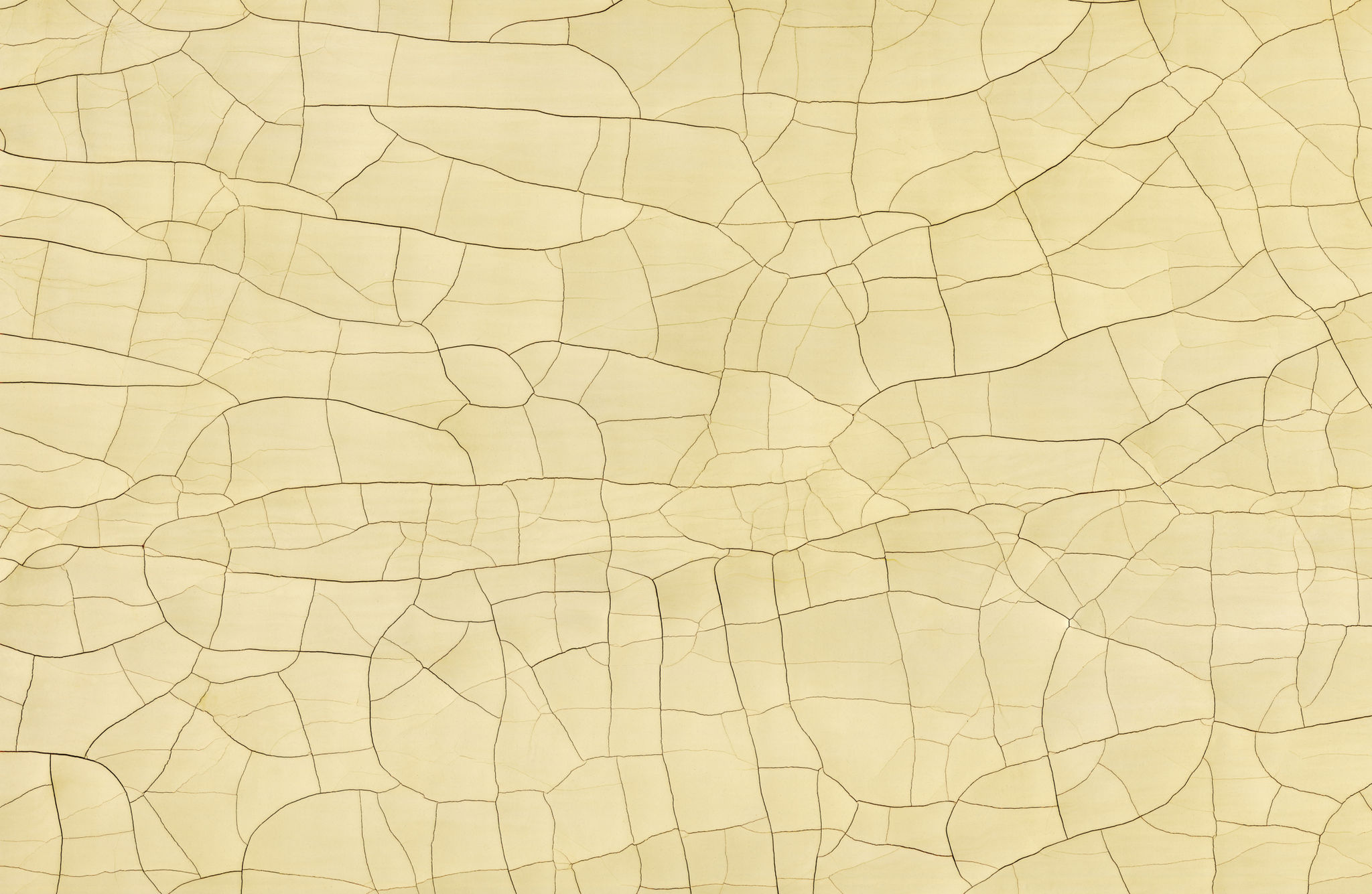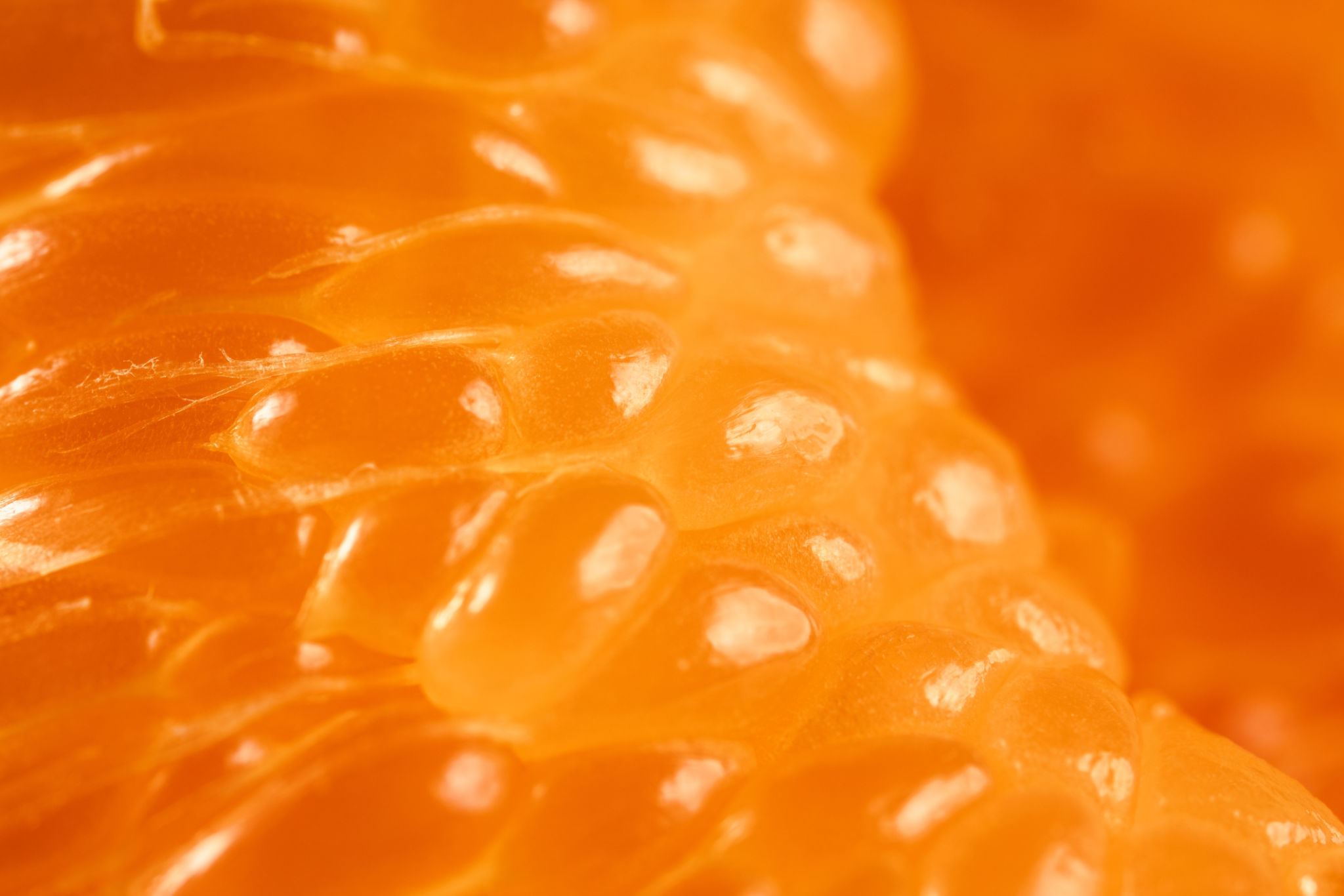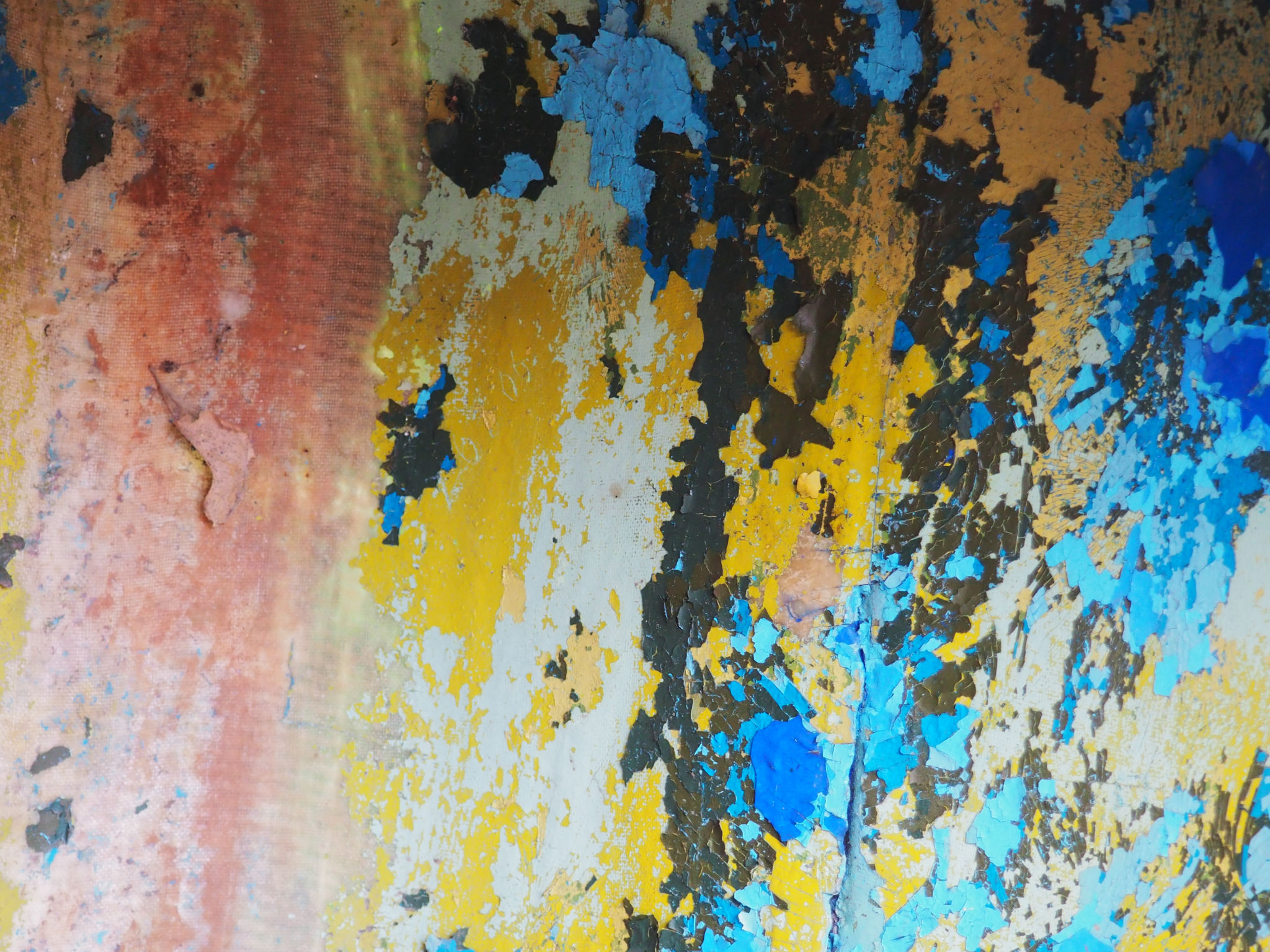Top 10 Common Coating Defects and How to Prevent Them
Understanding Coating Defects
Coating defects can severely impact the appearance, performance, and longevity of coated surfaces. These defects are often a result of improper application, environmental conditions, or material incompatibility. By understanding the common types of coating defects, industries can take proactive measures to prevent them, ensuring a smooth and durable finish.

1. Blistering
Blistering occurs when bubbles form beneath the coating layer. This defect is often caused by moisture trapped beneath the surface, which expands when exposed to heat. To prevent blistering, ensure surfaces are dry and clean before application and use a primer that is compatible with the substrate.
2. Cracking
Cracking is a common defect resulting from the coating's inability to expand or contract with the substrate. Factors like excessive thickness, improper curing, or temperature fluctuations can cause cracking. To minimize this risk, apply coatings in thin, even layers and follow recommended curing procedures.

3. Peeling
Peeling occurs when the coating loses adhesion to the substrate. This defect can result from poor surface preparation or using an incompatible primer. To prevent peeling, ensure thorough surface cleaning and select primers and coatings that match the substrate material.
4. Orange Peel
Orange peel describes a textured surface resembling the skin of an orange. It is often caused by improper spray techniques or incorrect viscosity. To reduce this defect, adjust spray equipment settings and ensure proper viscosity before application.

5. Sagging
Sagging occurs when the coating runs or sags on vertical surfaces due to excessive thickness. Prevent sagging by applying thinner coats and allowing adequate drying time between layers.
6. Fish Eyes
Fish eyes are small craters in the coating surface caused by surface contamination or silicone additives. To avoid fish eyes, thoroughly clean surfaces before coating and avoid using silicone-based products near the application area.

7. Pinholes
Pinholes are tiny holes in the coating that arise from trapped air or improper application techniques. Reduce pinholes by applying multiple thin coats and ensuring proper ventilation during application.
8. Discoloration
Discoloration can occur due to exposure to UV light, chemical reactions, or impurities in the coating material. To prevent discoloration, select UV-resistant coatings and ensure chemical compatibility with the substrate.

9. Chalking
Chalking is a powdery residue that forms on the coating surface due to degradation from UV exposure. Using high-quality, UV-resistant coatings and regular maintenance can help prevent chalking.
10. Efflorescence
Efflorescence is the white, powdery deposit that forms on masonry surfaces due to water-soluble salts. To prevent this defect, ensure proper waterproofing and drainage systems are in place.
By understanding these common coating defects and taking appropriate preventive measures, industries can achieve high-quality finishes that stand the test of time. Proper preparation, material selection, and application techniques are key to avoiding these issues and ensuring the success of any coating project.